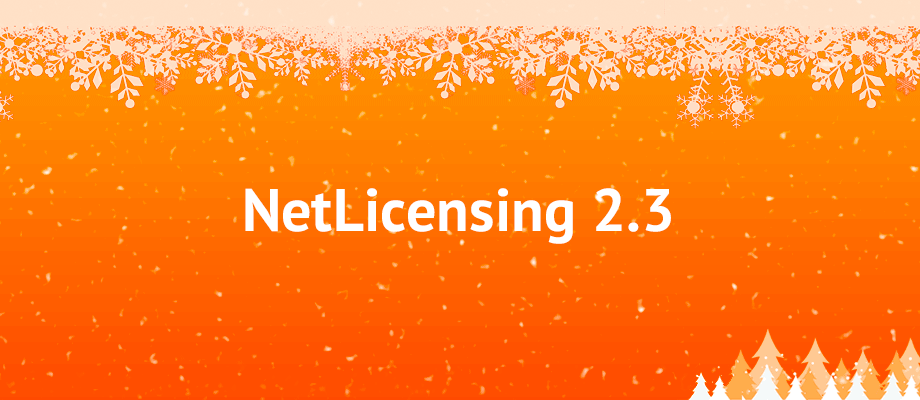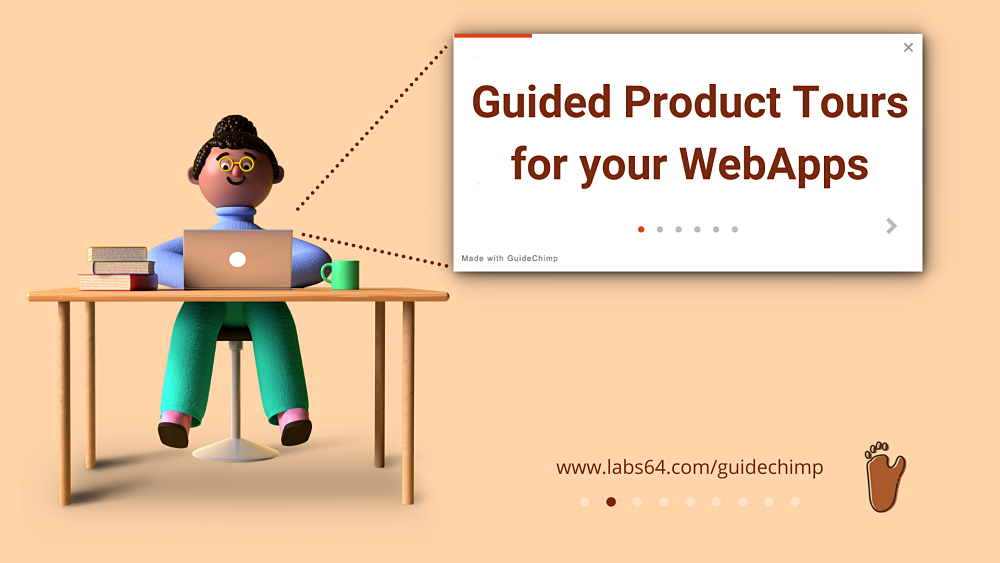Understanding Freemium

You may well have heard the term ‘Freemium’ or in the context of mobile or online gaming ‘Free to Play’. It is becoming ever more common as a method of distribution for software and web services and it is likely that you will have taken advantage of ‘freemium’ product even if you have not previously heard the term.
The origins of the freemium model lies in the use of what was known as ‘Shareware’ in the 1980s and 90s. Often companies would send out floppy or compact disks with sample software for free to consumers usually in a ‘demo‘ or ‘lite’ version. This was designed as a marketing tool to entice people to eventually purchase the full version of the software or service of which they had been sent a sample.
In a contemporary context freemium is the word used to describe a pricing model where a product or service is offered in different levels or tiers. With the first level being free but with restrictions. The restrictions that are placed on use are defined according to what is being offered to the consumer. These are typically applied over a fixed period often a calendar month. The free user will be able to use the product or software within the limits of the monthly restrictions but there is usually no limit placed on the length of time for which some can remain a ‘free user’.
There are a number of ways in which the content or service can be restricted including:
- Time
- Number of Uses
- Bandwidth
- Space Limited (applicable to cloud storage services)
- Effort limited; this is most often seen with mobile games, where all of the content is made available for free, but additional in-game currency may be purchased to speed up the in-game progression
The payment system is then structured in tiers usually with two or three options aimed at personal, business and enterprise users respectively. As with the limitations, the payment structure will vary with each product. What is important is that they reflect how the software is used and ensure that those people who want to get more use out of a product are able to do so.
But why go free? The first and most obvious reason being that it will entice a great deal more users to try the software or service that you are offering. However, this is a win-win situation.
When a user initially registers to try your software or product it is reasonable for you to request certain information from them; name, email address, gender, age and location. All of this data can then be used to help target your marketing. You will gain a great deal of information about the type of people who are interested in making use of your product and where they are.
The aim of any company is to make money and at first, it might seem strange to be advocating giving away your work for free. However in an increasingly overcrowded market it is the expectation of many consumers to be able to ‘try before they buy’.
As a business model, freemium operates on the basis that if a company can convert a small fraction of their free users to paying users they will be able to continue offering their product for free whilst also making a profit and investing in further development.
Image Credits: © Alex wong - unsplash.com




